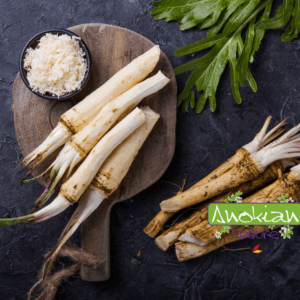Skip to product information










Root | Perennial Horseradish
$5.50 CAD
Quantity
Perennial horseradish is a hardy, easy-to-grow root that adds an authentic, natural touch to your garden.